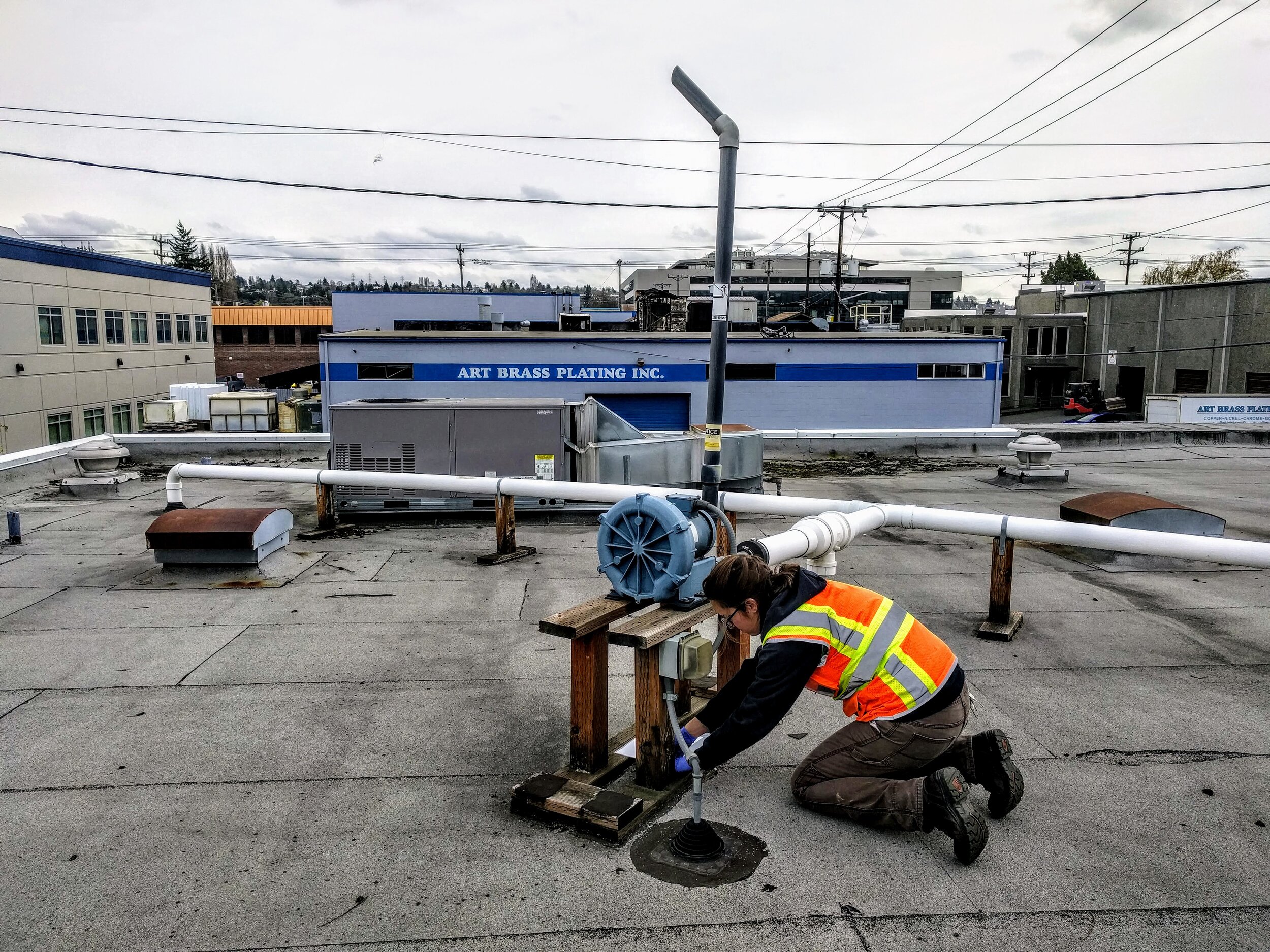The project site, located in Kent, was a former dry cleaner with PCE impacts limited to shallow soil around the dry-cleaning machine. Following Aspect’s Phase I/II ESA investigation as part of a pending property transaction, we implemented a cleanup action after our client purchased the property. The space inside the store was limited, and the excavation was surgical. Confirmation soil sample results following the excavation were below Model Toxics Control Act (MTCA) Method A cleanup levels. Instead of entering the VCP and facing delays with Ecology’s backlog of VCP sites, we instead reported the release to Ecology within the framework of a Remedial Investigation and Cleanup Action Report, with the completed excavation and off-site disposal of contaminated soil presented as a model remedy.
Reducing Risk and Uncertainty
After follow up discussion and negotiation with Ecology’s Initial Investigations coordinator, the site recently received an NFA. Though there may not be many PCE-impacted sites where the contamination is limited to shallow soil, it pays to know the options if this is the case. Model remedies are more commonly applied to petroleum-impacted sites. However, because Aspect was on the lookout and understood the regulatory framework for achieving closure, we were able to help our client significantly reduce risk and uncertainty when weighing prospective property purchases.
The Model Remedy approach is a strategy that Aspect has used on several sites with success and, under the right set of circumstances, can be an efficient regulatory pathway for property owners seeking an NFA.
Contact Eric Marhofer or Doug Hillman to learn more.




